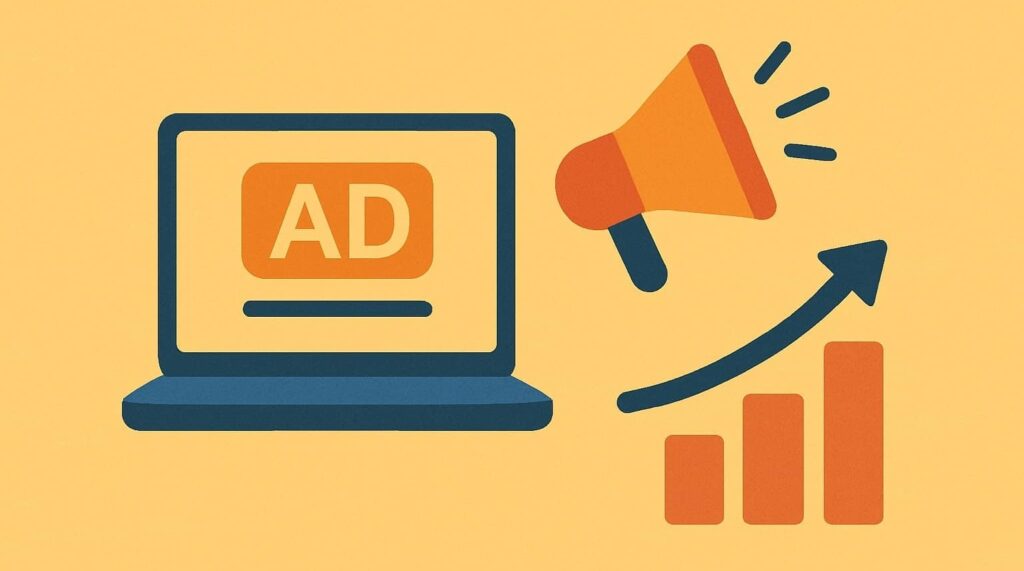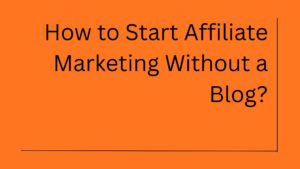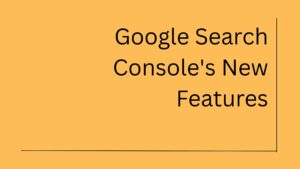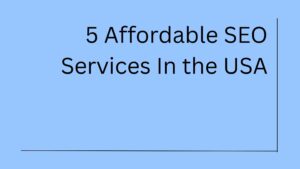You’ve probably heard the phrase, “Content is king, but distribution is queen.” It’s a clever way of saying that creating high-quality content is important, but unless that content actually reaches the right people, it won’t do much for your business. You can write the best blog posts in your industry, publish eBooks, or even record podcasts, but if no one sees them, all that effort sits on the shelf.
That’s why distribution matters. Getting your brand, message, or product in front of the right eyeballs is often the real difference between businesses that grow and those that stall. And while organic tactics like SEO or social media posting are still valuable, they have limits. Organic reach on social platforms is declining. Google rankings take time to earn. In short, relying on organic alone means you’re waiting on someone else’s rules.
This is where paid advertising comes into the picture. With paid ads, you take control. You decide who sees your message, when they see it, and how often. Whether it’s a Google search ad, a Facebook campaign, or a YouTube pre-roll video, paid advertising guarantees visibility in a way that organic methods simply can’t.
But visibility is only part of the story. Paid advertising comes with a whole set of benefits of paid ads that make it one of the most powerful growth tools available to businesses today. Let’s explore the top 10.
Discover 10 Benefits of Using Successful Paid Ads
1. Guaranteed Reach with Defined Audiences
Organic strategies can feel like shouting into the void. You publish content, cross your fingers, and hope the algorithm does you a favor. Paid advertising removes that uncertainty. When you run an ad, you’re guaranteed placement. People will see it because you paid for that visibility.
And the beauty is, you don’t have to blast it out to everyone. Platforms like Google, Facebook, and LinkedIn let you define your audience with precision. You can target by age, interests, geographic location, or even specific behaviors.
For instance, a local gym doesn’t need to waste money showing ads to people across the country. They can target only people within a 10-mile radius who’ve shown interest in fitness or wellness. That means every dollar you spend is more likely to reach someone who actually cares.
This guarantee of visibility and audience precision is what makes paid advertising so effective compared to organic strategies that depend on algorithms.
2. Affordable Costs and Strong ROI
There’s a common misconception that paid ads are only for big companies with massive budgets. That might have been true with traditional advertising, such as TV spots, billboards, or magazine ads. But digital paid advertising is a different game.
With pay-per-click (PPC) campaigns, for example, you only pay when someone interacts with your ad. That means your budget goes toward real engagement, not just impressions. And because you can set daily or monthly limits, you’re in complete control of how much you spend.
The return on investment can be significant. A small e-commerce shop running a $200 campaign on Facebook, targeting people interested in eco-friendly products, could easily generate sales that exceed their ad spend.
Of course, not every campaign delivers instant profits; it takes testing and refining but when done well, the ROI from digital advertising often beats traditional media by a long shot.
3. Specific and Granular Targeting
Paid ads aren’t just about broad strokes. They allow for incredible granularity. Beyond basic demographics, you can target based on:
- Behavior: People who visited your site but didn’t buy.
- Interests: Fans of certain topics, hobbies, or brands.
- Job roles: On platforms like LinkedIn, you can filter by job title, industry, or even company size.
- Custom audiences: Upload your own customer list to reach people who already know your brand.
This level of precision is almost impossible with organic tactics. Take a B2B company selling project management software. Through LinkedIn Ads, they can reach operations managers at mid-sized tech companies in North America rather than wasting impressions on students, retirees, or people in unrelated industries.
It’s like fishing with a spear instead of a net. You may not reach everyone, but the people you do reach are exactly who you want.
4. Valuable Audience Insights Through Testing
Every paid campaign you run generates data. Not just surface-level numbers like clicks, but deeper insights into your audience’s behavior. Which ad headline gets more attention? What images stop people from scrolling? What time of day do they engage most?
This testing is invaluable. You’re not just running ads, you’re learning about your audience in real time. That knowledge can shape not only future ad campaigns but also your content strategy, product messaging, and even customer service approach.
For example, if you discover that ads promoting a free trial get far more clicks than those pushing a direct purchase, that’s a signal: your audience prefers to test before committing. You can then adjust your website, email marketing, and overall sales strategy to reflect that preference.
Paid advertising is one of the fastest ways to gather audience insights because the feedback loop is immediate.
5. Multi-Channel Visibility with Paid Ads
The internet is a crowded place. People bounce between search engines, social media, and video platforms dozens of times a day. Paid advertising gives you the ability to meet them wherever they are.
Here are just a few channels available today:
- Google Search and Display Ads
- YouTube pre-roll and in-stream ads
- Facebook and Instagram sponsored posts
- LinkedIn ads for professional audiences
- TikTok ads for younger demographics
- Twitter and Reddit ads for niche communities
By spreading your message across multiple platforms, you create a sense of familiarity. Someone might discover you through a Google search, see a reminder on Instagram, and later click a LinkedIn ad when they’re in work mode. That consistent presence builds brand recognition faster than relying on a single channel.
6. Retargeting and Retention
Here’s a sobering fact: most people don’t convert the first time they visit your site. They browse, they get distracted, or they simply aren’t ready to buy. Retargeting ads solve this problem by reminding them of your brand after they leave.
If someone checks out your product but doesn’t purchase, you can set up retargeting campaigns that show them relevant ads on Facebook, Instagram, or even while they’re reading the news online. It’s like a gentle nudge saying, “Hey, remember us?”
This approach isn’t just about chasing sales, it’s about building familiarity. People often need multiple touchpoints before committing. Retargeting makes sure you stay in their line of sight until they’re ready.
7. Faster Results While Building Organic Rankings
SEO is powerful, but it’s slow. Building authority, earning backlinks, and climbing Google’s rankings can take months or even years. Paid ads, on the other hand, deliver immediate visibility.
If your website isn’t ranking for “best vegan skincare products,” you can run Google Ads for that keyword today and start attracting traffic instantly. Meanwhile, your SEO efforts can continue in the background.
This makes paid ads help SEO in a complementary way rather than competitive. Ads give you short-term wins while organic rankings build long-term sustainability.
8. More Qualified Leads and Conversions
Traffic for the sake of traffic is meaningless. What matters is attracting the right kind of visitors, the ones most likely to convert. Paid advertising excels here.
Because you can target specific search terms or audience traits, the people clicking your ads usually have intent. A person searching “emergency plumber near me” from New York, USA, isn’t casually browsing; they have a problem and want it solved now. If your ad shows up, that’s a highly qualified lead.
The result? Fewer wasted clicks, better conversion rates, and more revenue from the same number of visitors.
9. Paid Call-Driven Campaigns for Direct Engagement
Even in today’s digital-first world, phone calls remain one of the most effective lead sources, especially for service-based businesses. Platforms like Google Ads allow “click-to-call” campaigns, where users can tap an ad on their mobile device and connect directly with you.
This is huge for industries where urgency matters. Think about someone searching for a locksmith at 2 AM. They’re not going to fill out a form and wait. They want to call right now. Paid call ads capture that intent and turn it into immediate action.
Direct engagement through calls often leads to higher close rates because it’s personal and fast.
10. Protection Against Wasted Spend with Better Controls
One of the biggest advantages of paid digital ads compared to traditional media is control. With a billboard, you pay a flat rate and hope the right people drive past. With digital ads, you control every variable:
- Budget (daily, monthly, or lifetime)
- Audience (who sees it and who doesn’t)
- Schedule (what days or times your ads appear)
- Placement (what websites or platforms they show up on)
You can pause campaigns instantly if they’re not working, or double down on ones that are. Fraud detection systems also filter out suspicious clicks, protecting your spend.
This flexibility means even small businesses can compete effectively, without risking huge sums of money.
Final Thoughts
Paid advertising isn’t a magic bullet, but it’s one of the most effective tools you can use to grow your business. It guarantees visibility, delivers fast results, and gives you the flexibility to test, refine, and scale.
Organic strategies like SEO and content marketing are still essential, but they’re slow burns. Paid ads give you the fuel to accelerate growth, reach the right people, and build momentum while your long-term strategies take shape.
If you’ve been on the fence about investing in paid campaigns, consider this: your competitors are already there. Every day you wait is another day they’re capturing attention and customers that could be yours.

The Chief Author and Editor at Intothecommerce. As a seasoned expert in digital marketing, I direct the site’s strategic content and ensure every piece meets the highest industry standards. My insights drive our coverage on SEO, paid media, and cutting-edge marketing technology.






4 thoughts on “What are the Top 10 Benefits of Running Paid Advertising?”
I reviewed the article; it’s good and super to share. Keep going; we’re supporting you for all you do here.
Great post! I’ve found one that I’ve been checking for a while. Can you go a bit deeper into the multiple other benefits in context of the further aspects, please? It would be really helpful for many out there seeking such information.
Simply wish to say your article is amazing. You’re doing justice to your niche in the clearest way possible; your post is just nice. And so I could assume you’re an expert on the paid marketing subject. Well, with your permission, let me grab your feed to keep updated with forthcoming posts. Thanks a million, and please carry on the gratifying work.
I love that you are balanced without letting people know too much about the benefits of PPC, be it for their website, social media, or online store. Glad I discovered this on Google feed.